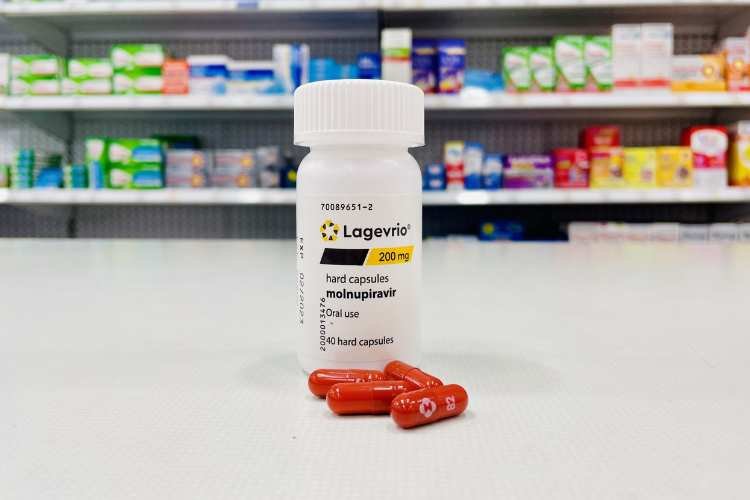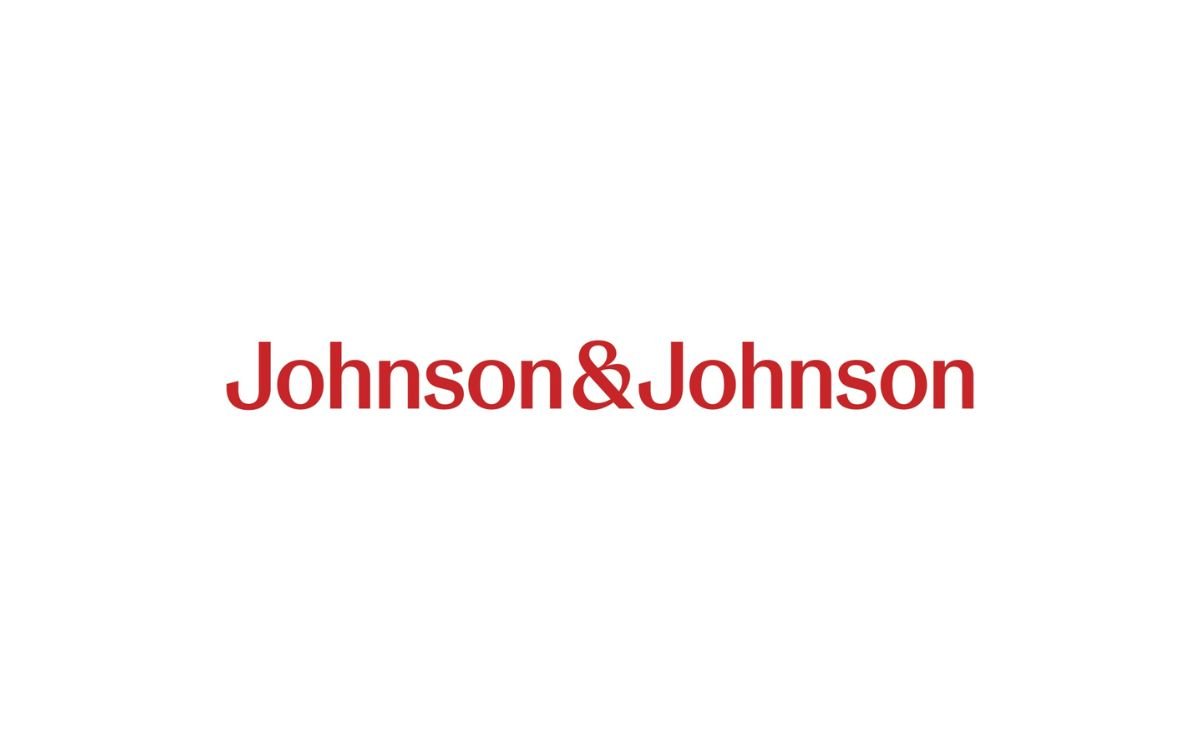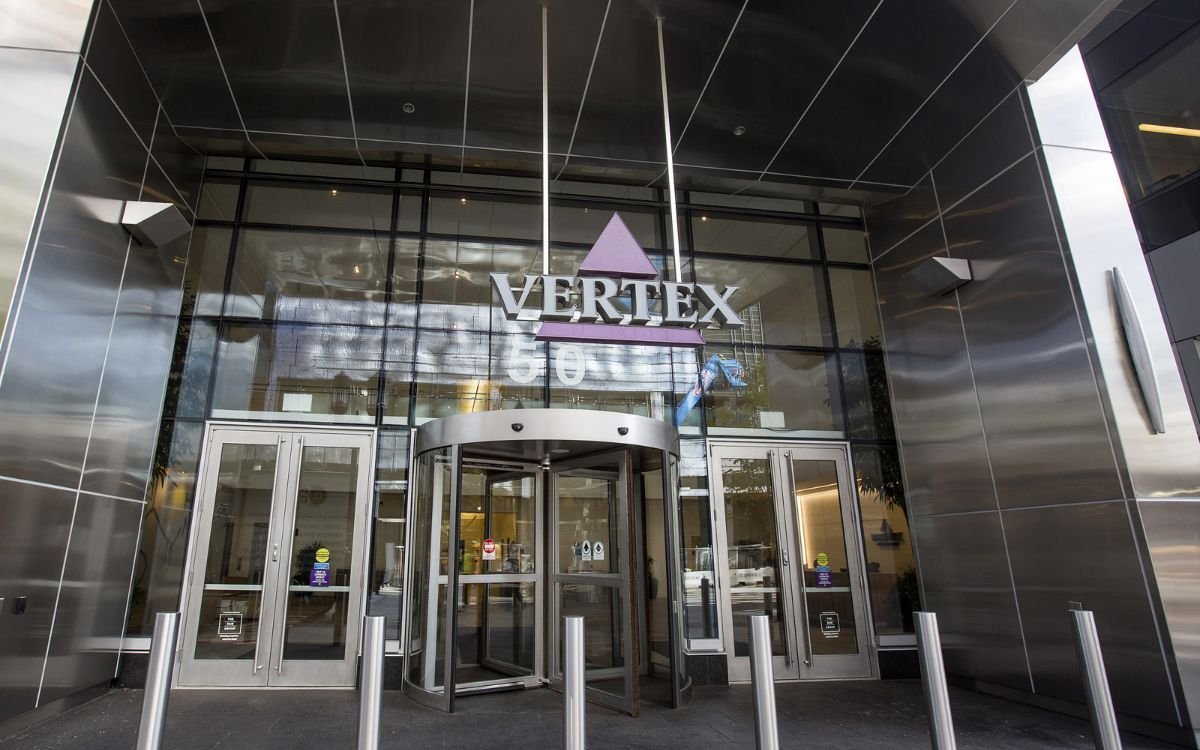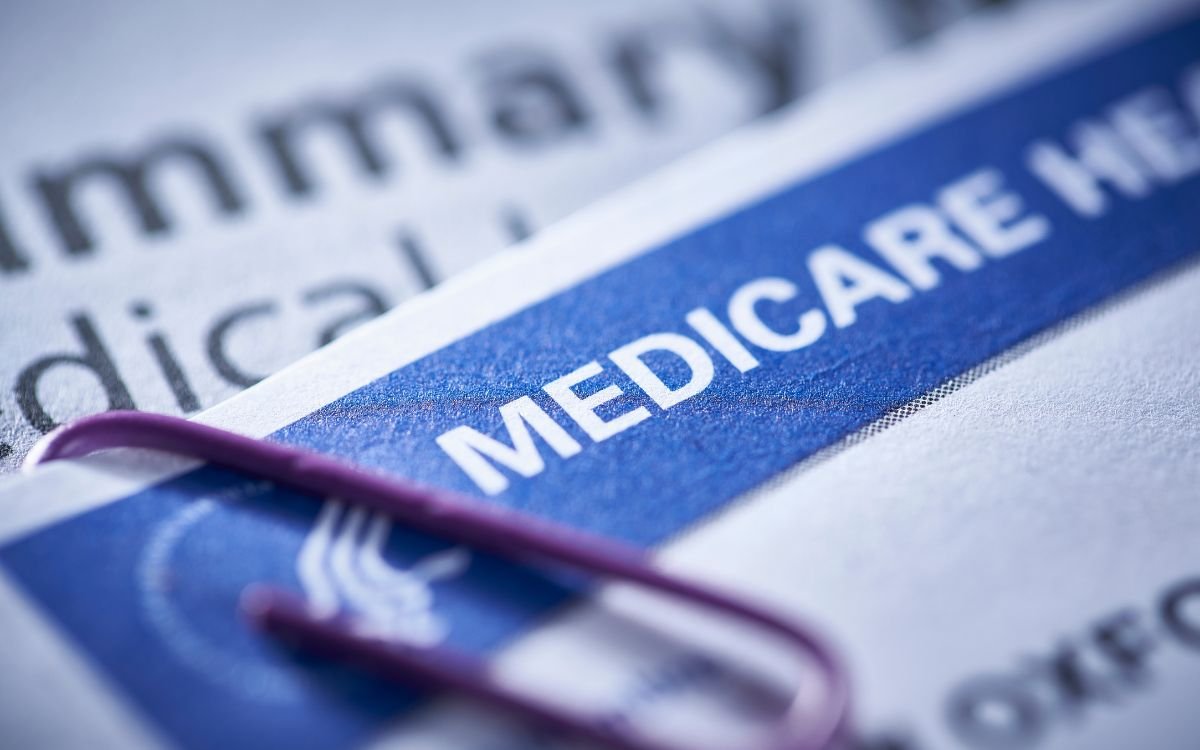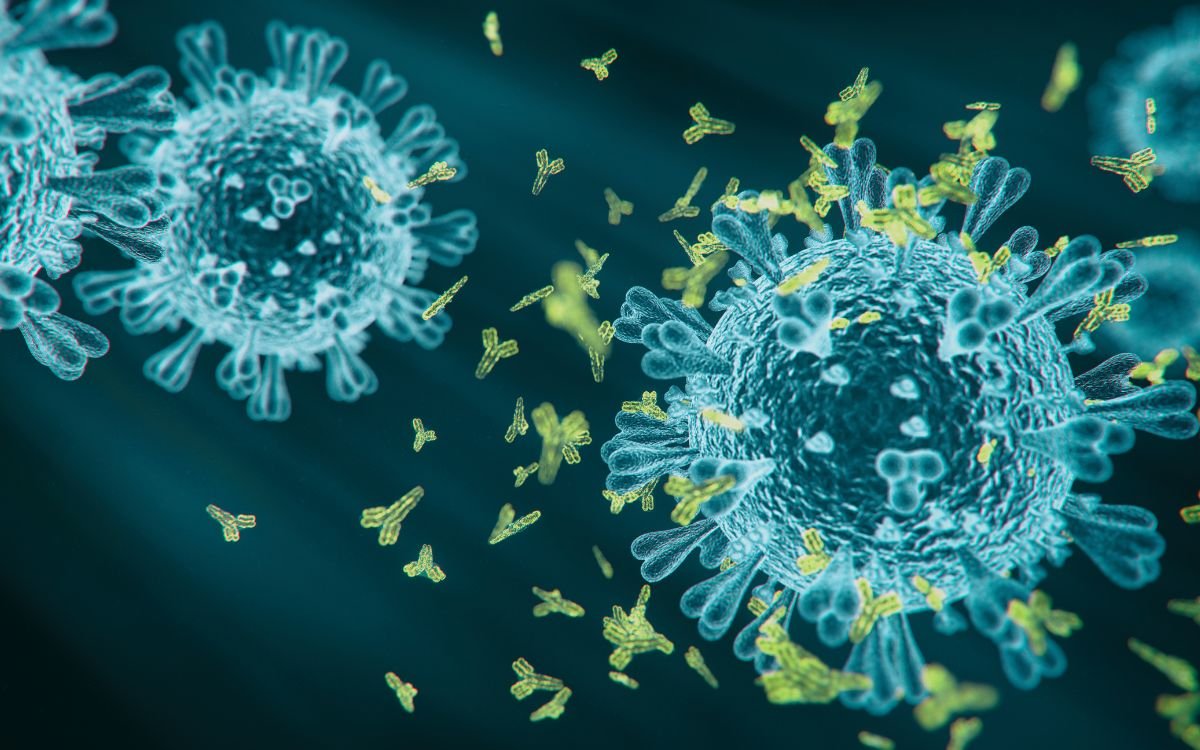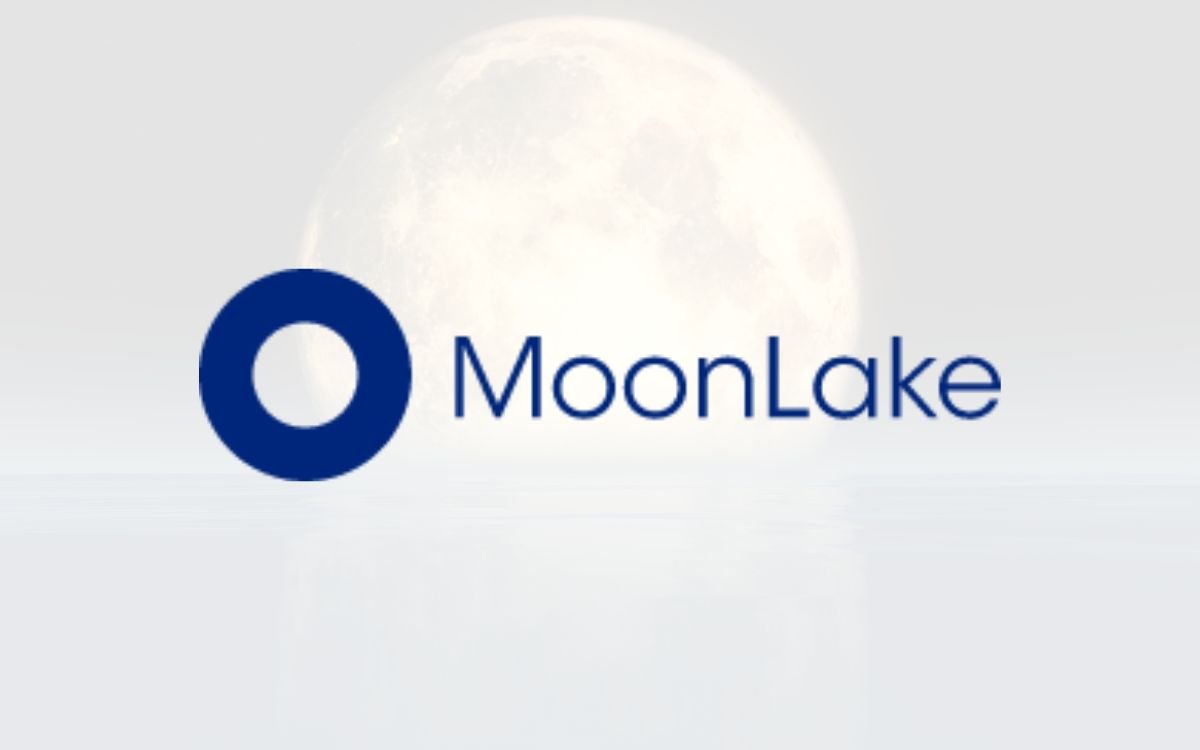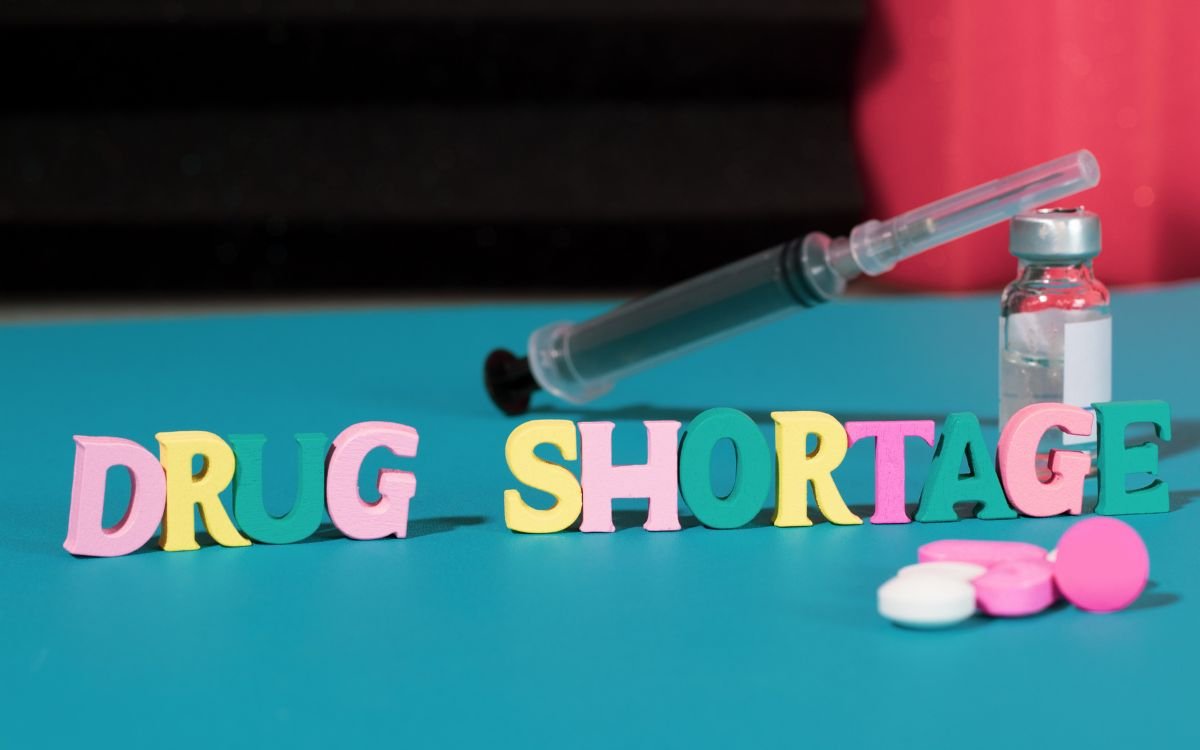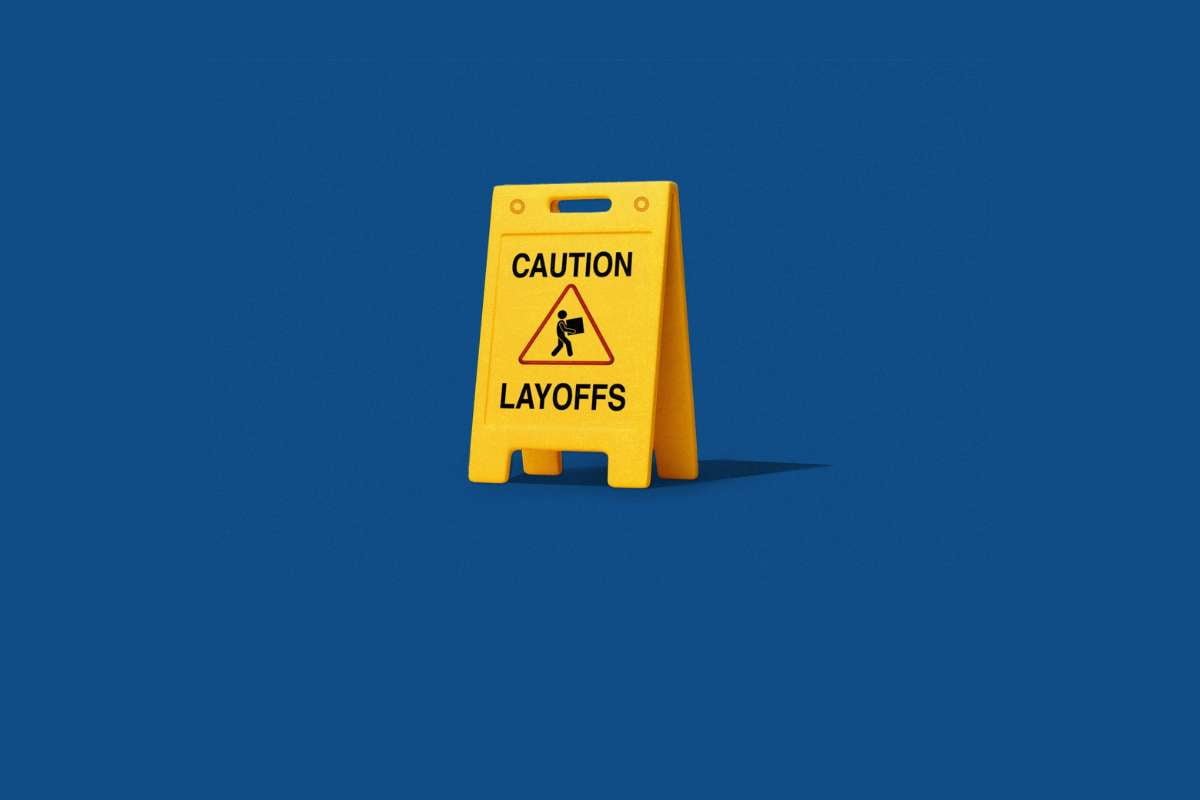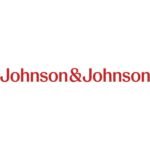As anticipated, the US government is in the process of phasing out its distribution of COVID-19 treatments. Merck & Co.’s antiviral drug, Lagevrio, is set to transition from government-managed distribution to the commercial market next month, as announced by the US Administration for Strategic Preparedness and Response.
Before November arrives, the government plans to gradually reduce its distribution of Lagevrio to maximize the use of its existing supply. As of this week, officials have shifted to a request-based distribution approach.
Lagevrio’s journey has been marked by ups and downs since it received FDA authorization in 2021 as a treatment for individuals recently infected with the virus and at risk of developing severe symptoms.
Also Read: Merck’s Antiviral Pill Lagevrio May Have Triggered New COVID Variants, Study Suggests
Pfizer’s drug, Paxlovid, received authorization just before Merck’s Lagevrio, and it gained significantly more popularity, largely due to its superior efficacy demonstrated in clinical trials. Nevertheless, Merck’s treatment generated $5.7 billion in sales in 2022.
In February, Lagevrio faced a setback when it failed to demonstrate efficacy in a phase 3 trial aimed at protecting uninfected individuals living with someone recently diagnosed with COVID-19. Subsequently, the European Committee for Medicinal Products for Human Use recommended against its authorization, citing a lack of proven clinical benefits.
Also Read: Even After Buying Prometheus For $10.8 Billion, Merck Is Still Looking For M&A Opportunities
More recently, there were concerns that Lagevrio might contribute to an increase in virus mutations. Merck contested this report, citing data showing that its medication “impairs viral replication and reduces viral shedding, thereby lowering the risk of transmission.”
Merck currently anticipates Lagevrio’s revenue to be approximately $1 billion for this year as it prepares to transition from government control to the commercial market.

